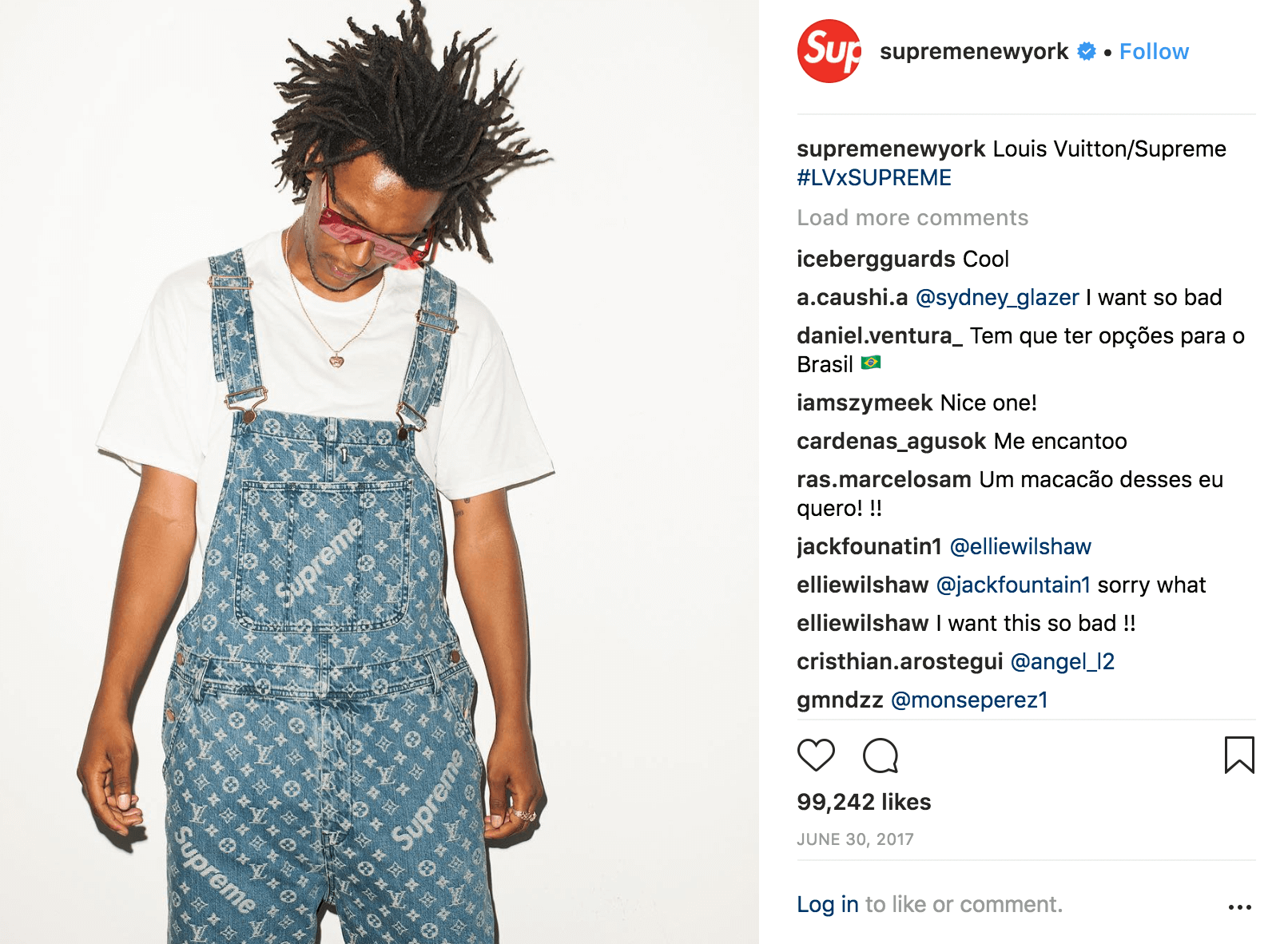Today, even the strongest luxury holdouts have pivoted from their previous positions and now see the value in selling directly to online consumers. The last block-heeled shoe to drop, Céline, finally unveiled their eCommerce site earlier this year.
Products that used to be in-person-only buys are now happening with great regularity and frequency online. You can purchase a $10,000 couch, or an $8,000 hand-painted bag, or a $175,000 mid-century portrait with just a few clicks.
The reality is that Millennials comprise 13% of high net-worth households. And as a whole, they grew up shopping online. This means that they don’t have the same barriers to high-value online purchases that generations before them have. We’ve only scratched the surface of growth in this sector.
No one has argued against the idea that the retail landscape has changed rapidly. A couple of years ago, merely building an eCommerce site was enough, but today, brands are tasked with staying relevant, being transparent, and always offering something extra to entice consumers. The luxury space is no longer free from the elbowing, maneuvering, and angling for digital real estate.
Hurdles to luxury eCommerce
Online retail is still on a rocketship of growth, but just because there are opportunities for expansion, doesn’t mean it’s easily achieved. This is especially relevant to the luxury space because products priced over $350 face additional consumer scrutiny and high demands that can be exceptionally difficult to translate into the cybersphere, like authenticity and white glove customer service.
As competition in the space heats up, luxury retailers are getting creative with ways of engaging and bringing high-touch shopping to the digital customer. In 2017, Gucci launched a collaboration with online-only retailer Farfetch to provide 90-minute delivery in leading luxury regions. The service is currently live in 10 cities including Dubai, Tokyo, and New York.
Matches Fashion has also made a lot of progress in removing friction for high-spending consumers. With no brick-and-mortar presence, the retailer developed a strategy to bring their product to a broader region of shoppers with as few hurdles as possible. Last year, they streamlined and simplified free express shipping and returns to the US, a move that allowed the UK-based specialty store to compete more readily with stateside retailers like Moda Operandi and Bergdorf Goodman. Matches Fashion also invested in a robust mobile app that sends impactful, shop-centric notifications based on shopper history and data.
Authenticity is a constant struggle for publishers, dropship sites, and retailers with lower brand equity, like regional specialty boutiques. Policies that are generous with returns, authenticated documentation, and online customer reviews can help to establish consumer trust.
For booming luxury resale, an industry growing 24x faster than the rest of retail, the issue gets infinitely more complex, as shopper peace of mind is paramount to sustained success. Top pre-owned retailers like Flight Club, a sneakerhead’s paradise that has the likes of rare Air Jordans available for prices regularly over $30,000, and TheRealReal, a leading destination for hard-to-find heirlooms like the $50,000 crocodile Hermes Birkin bag, have the added pressure that even a single miss can have catastrophic repercussions. Investment in highly trained eagle-eyed staff, professional consultants, and cutting edge technological tools help keep pace on ever-evolving counterfitters, but it’s a costly and constantly changing challenge.
The Wild West of growth in luxury
Market statistics show us that older online shoppers typically tend to gravitate to “safe” purchases — brands or products that they have purchased in the past or basics that are less specific to fit and style, like cotton tees or everyday handbags and accessories. However, for the digitally native, discovery and curiosity are key.
Younger shoppers, Millenials and Gen Z, want to be shown product that speaks to the uniqueness of their style. They want to feel aesthetically understood and like they have a leg up on trends. These generations appreciate luxury and even if it’s out of reach for regular purchases, they will dabble with accessories or smaller, highly graphic buys to mix with more accessible brands. They are ripe to grow in luxury spending as their incomes increase.

As these groups age up, they will look for high priced product to speak to them throughout their everyday lives. Collaborations between true, heritage luxury and niche, savvy brands can be dynamite for these hungry consumers. The exceptionally popular Louis Vuitton + Supreme initiative is strong example of this, as is the explosive growth of Instagram’s shoppable content.
In fact, Gartner L2 analysis shows that 62% of luxury brands have adopted at least one “Call to Action” feature on Facebook and 91% on Instagram, where many brands leverage business tools like click to call and email. These consumers want to be met where they are; they want to be catered to.
According to One Rockwell Co-Founder Howard Socol, who has also previously held the CEO position at J. Crew and Barneys New York:
“Today high-price buying can happen any time of the day, in any way, anywhere. It’s an exciting time for the industry because the possibilities are endless. Unfortunately, the resources are not, so brands have to deeply understand their audience, pick what is relevant to them, and meet them where they are in new, fresh, and unobtrusive ways.”
The future is here
The question for the future growth of luxury is not “how much?” but rather “how far can this go?” As these brands get more comfortable in the space, they will start to push the envelope ever farther.
Just one example of this is Artificial Intelligence. It’s going to have a huge impact on life in general — but it’s really going alter the way people shop. The term AI is thrown around a lot, and not always accurately. Where true artificial intelligence will impact consumerism is understanding what a shopper wants, before they know they want it, surfacing inspiring options that are within the taste and aesthetic of the user.
Data, smart analysis, and technical advancements will also propel the industry into more interesting and dynamic reality, and it will be up to luxury brands to lead the charge or risk becoming obsolete to the modern shopper.
One Rockwell is a digital agency that provides creative business solutions and technical direction for fashion and lifestyle brands seeking accelerated success in the online marketplace.


